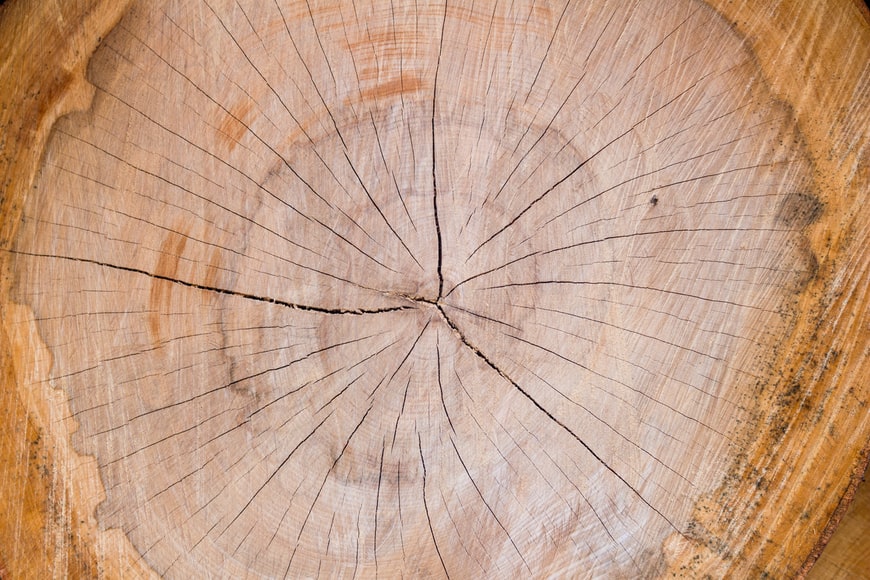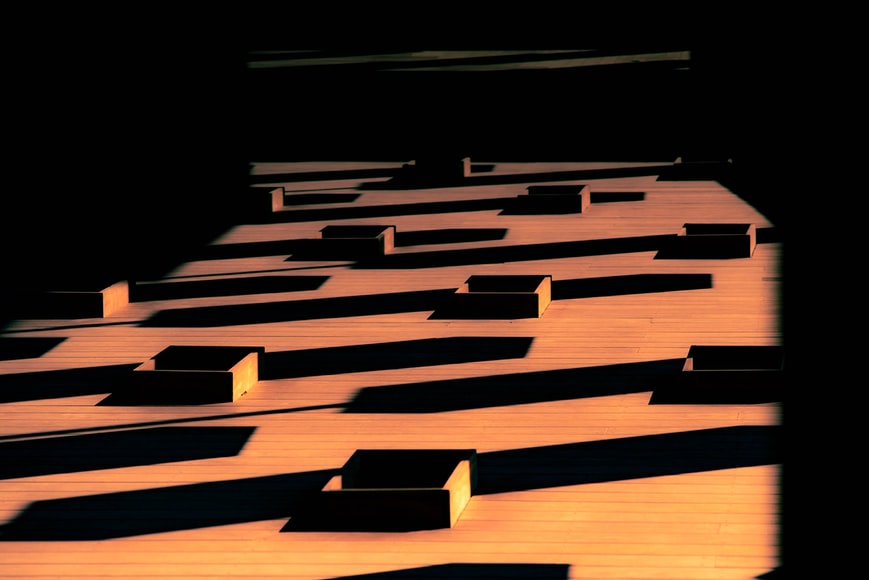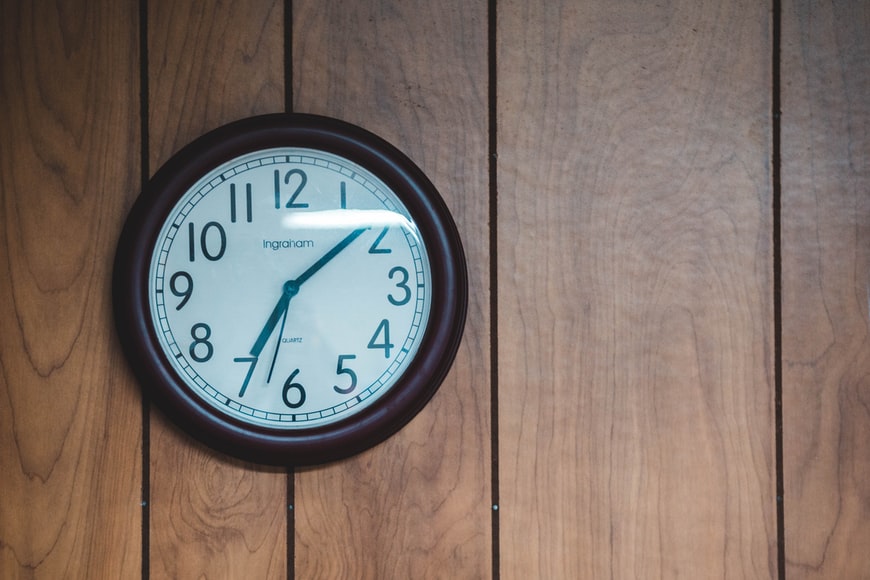
Teak Wood vs Sheesham Wood: How are they Different
Trees are one of Mother Nature’s most astounding gifts. Apart from their unsurpassable beauty, trees are essential for our survival. They provide oxygen, absorb harmful gases, and are a good source energy. Trees are a personification of all that is natural and beautiful in this world. That is why artisans treat wood with reverence as they resonate with nature and all its beauty.
Furniture made from solid wood is always a head above the crowd of fabricated, engineered or synthetic alternatives. And when you are thinking of solid wood furniture, the question arises; what is sheesham wood? And where does teak wood figure in the equation? It can get confusing, when you want what’s best for your home. Let’s examine the main differences between the two.
Teak wood

Teak wood, sourced from Tectona grandis species, is a great material to work with. However, the tree has to be around 30 metres in height and about 50 years old before it can be used. That is if you want good quality wood.
When you ask what is teak wood, or how do you identify it; you can look at these markers. Teak wood is smooth textured with a fine grain. It is yellowish-brown in colour. Teakwood is used for making furniture, window frames, doors, columns, beams and veneer. Cutting boards and artifacts are often made from teakwood. Due to its durability and strength, teakwood is also used for making boats.
Madhya Pradesh, Maharashtra, Karnataka, Tamil Nādu, Kerala, Gujarat, Odisha, and Rajasthan are some of the places in India where these trees are found.
Sheesham Wood

So, what is sheesham wood? Popularly known as Indian rosewood, sheesham wood is sourced from Dalbergia sissoo species of trees. Sheesham wood comes in two types. One is sheesham heartwood and the other is sheesham sapwood. Sheesham tree grows up to a height of about 30 metres and takes around 22 years to be considered mature. Sheesham has gained international fame as a premium species of rosewood.
The best way to identify the wood is by its dark veins; in beautiful shades of reddish brown. More mature wood can have a silver-grey finish. The wood has a very rich grain, making it a popular furniture choice. Sheesham trees grow in the north Indian states of Rajasthan, Uttar Pradesh, Punjab, Bihar, and Haryana.
Sapwood can invite woodboring beetles, making it necessary for dealers and owners to ensure that their furniture is well maintained and beetle-free.
Sheesham is a popular choice for making musical instruments; mainly percussion, as it resonates beautifully. Sheesham finds use in agricultural tools, carvings, boatbuilding and skis. It is also used as fuel.
Which is more durable; sheesham or teak?

Durability and strength are the most important factors that decide which wood you will use. In the sheesham wood vs. teak debate; let’s find out where each of these magnificent woods stand where durability and strength are concerned.
Teakwood durability
Teak wood has a very high tensile strength, due to its closely placed grains and dense texture. This inherent strength makes this wood ideal for heavy furniture such as huge cabinets, wardrobes, and large beds.
Sheesham, strength and durability
A lot lighter in weight than teak wood, sheesham is more suited for smaller furniture pieces such as nightstands, coffee tables, chairs, dining tables, and handicraft. So, in the teakwood vs sheesham wood debate, though sheesham is durable, teakwood is a better choice if you want to make large furniture.
Termite and moisture resistance
Sheesham vs teakwood. Which is it to be? Which is better for termite and moisture resistance?
Teakwood - Moisture and termite resistance

High oil content in teakwood gives it the natural ability to fight fungi, termites, and moisture. The leather-like smell that emanates from freshly milled teakwood is due to the oil content. Even without a coating of varnish or oil, teakwood is a durable material, and looks appealing without embellishments.
This makes teakwood a good choice for seaside homes and outdoor furniture. The best part? It doesn’t swell when there is moisture in the air and the shrinkage ration is pretty low.
Sheesham wood- Moisture and termite resistance

Due to its high moisture content, sheesham tends to warp in humid climate; and it is also prone to water damage. A coating of wood finish may create a protective layer to prevent water damage. However, sheesham has good resistance power against termites. In the teakwood vs sheesham debate, teakwood wins hands down where moisture resistance is concerned. As for termites? Both woods can resist an infestation.
Which is more workable?

Sheesham wood vs teakwood, which is better? Let’s address the matter of workability. For wood to be fashioned into furniture or intricate carvings, it has to be workable.
Teakwood and sheesham both are good for wood carving. However, sheesham wood is a better bet because its has more flexibility than teak. As mentioned above, teakwood is high in density. Teakwood has a downside; due to its hard and dense structure, wood cutting tools bear the brunt and wear out easily. This is because teakwood contains silica; and only experienced craftsmen work with teakwood.
Cost factor
Without considering the cost factor, the teak vs sheesham wood comparison would be incomplete. After examining all the pros and cons, teakwood does have a lot going for it. And it is not surprising that teakwood is among the most expensive woods in the world. It is difficult to zero in on a figure as the price varies, depending on the grade, the grains and age of the wood. The most important deciding factor is the fact that teakwood is resistant to all pests. And that difference between sheesham wood vs teak is one of the main factors that makes it more expensive than sheesham. If your pockets are flush with funds, teakwood should be your first choice.
Teakwood – The delicate question of sustainability

Teakwood is undoubtedly the wood of choice across the globe. And that makes teakwood trees vulnerable. Controversies and debates about the over-exploitation of this wood have escalated, especially since it is now on the endangered species list.
Authorities in many countries are trying to control the teakwood market; and teak harvesting and trading are not allowed in many places today.
Efforts are on to control teak-related activities so as to make this wood sustainable. And while the governments do their bit, it is up to the populace to decide and make the right choices.
Sheesham is a hardy wood and a good sustainable substitute. In places like Australia, the rampant growth of sheesham has put it on the invasive species list. It’s robust and sustainable. And, at the end of the day, a better bargain than teakwood.
Putting things into perspective
Sheesham wood looks great. It’s tool-friendly and yields easily to the ministrations of the carpenter. It’s adaptable and can carry off most types of finishes on its surface.
The cost of sheesham is not prohibitive and wood craftsmen all over the world prefer it to the denser alternative; teak. Teakwood has earned the moniker ‘King of Hardwoods,’ and will stand undisputed as a high-ranking wood.
Bottom line
At the end of the day, it all depends on your taste, your budget and your leanings, where the environment is concerned. If you must have that beautiful teakwood cabinet in your home, make sure that your supply is from legal sources.
Whichever wood you choose; the right craftsman will turn it into a work of art with his exemplary skills.



























